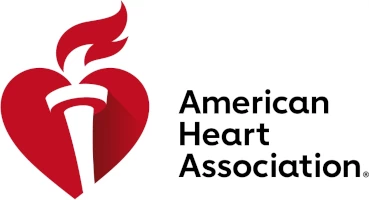Overview
Advanced Cardiovascular Life Support (ACLS) is a two-part course that covers advanced resuscitation techniques for both in-hospital and out-of-hospital settings. Part one of the course is the didactic portion which covers the ACLS algorithm, pharmacology, and ECG interpretation. Part two is the skills portion where students practice the ACLS algorithm on manikins. The skills portion is designed to be completed in a small group with each student having the opportunity to act as both the rescuer and the patient.
ACLS is designed for healthcare providers who either direct or participate in the resuscitation of a patient, as well as those who need to know how to operate an automated external defibrillator (AED). ACLS is also helpful for those who want a better understanding of cardiac arrhythmias and how to treat them.
The ACLS algorithm is a step-by-step approach to resuscitating a patient in cardiac arrest. The algorithm covers everything from chest compressions to defibrillation and is constantly being updated as new evidence arises.
Pharmacology is an important part of ACLS as many of the medications used in resuscitation are given intravenously. It is important for healthcare providers to know the indications, doses, and side effects of these medications.
ECG interpretation is another important part of ACLS. In order to make treatment decisions, providers must be able to identify different types of arrhythmias on an ECG strip. This portion of the course covers the different types of arrhythmias as well as how to treat them.
The ACLS skills session is an opportunity for students to practice the ACLS algorithm on manikins. This is done in small groups with each student taking turns as both the rescuer and the patient. The skills session gives students the chance to put the ACLS algorithm into practice and to learn how to use the equipment properly.
ACLS is an important course for any healthcare provider who may be involved in the resuscitation of a patient. The course covers the ACLS algorithm, pharmacology, and ECG interpretation in a didactic portion, followed by a skills session where students can practice the algorithm on manikins.
For Professions
-
Cardiologist
-
Cardiothoracic Surgeon
-
Emergency Medical Technician (EMT)
-
Emergency Medicine Physician
-
Family Medicine Physician
-
Nurse
-
Paramedic
-
Physician Assistant
-
Respiratory Therapist
Provider





 is a registered trademark of CPR Portal, LLC. All Rights Reserved.
is a registered trademark of CPR Portal, LLC. All Rights Reserved.